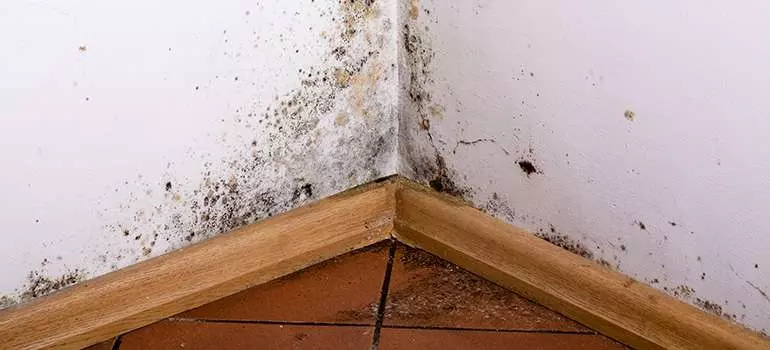Introduction
Building your home with a slab-on-grade foundation can not only reduce your environmental impact but also offer significant financial savings. By replacing concrete with high-performance insulation, you can eliminate greenhouse gas emissions and create a more sustainable living space.
Why Choose a Slab Instead of a Basement?
To save money, reduce carbon emissions, and have a healthier and more durable house, a slab-on-grade foundation is the way to go. Unlike a basement, which requires costly visits from concrete trucks, a slab is ready for construction and eliminates the need for a subfloor. It also reduces the risk of flood damage and Radon gas infiltration.
Health, Durability, and Comfort
Basements are often subject to moisture damage and mold, leading to respiratory illnesses. Poorly constructed basements fail to allow walls to dry properly, resulting in unwanted moisture. In contrast, a slab-on-grade foundation avoids these issues altogether. It provides more natural light, maintains clean interior air quality, and offers thermal mass to regulate interior temperatures.
Affordability and Efficiency
Building a slab-on-grade foundation is more cost-effective than constructing a basement. It eliminates the need for expensive concrete walls and subfloors. Additionally, a slab requires insulation that is often overlooked in basement construction, resulting in improved energy efficiency. Slab floors also accommodate radiant floor heating, providing comfort and reducing energy consumption.
Reducing Environmental Impact
A slab-on-grade foundation reduces CO2 emissions by using fewer materials and offering better insulation compared to traditional foundation walls. By choosing this method, you are making a more affordable and energy-efficient wall assembly. That's why slab-on-grade foundations are frequently chosen for Passive House and LEED certified homes.
 Skirt insulation around slab-on-grade construction prevents frost heave
Skirt insulation around slab-on-grade construction prevents frost heave
Challenges and Solutions
Before deciding on a slab-on-grade foundation, consider potential challenges and take precautionary steps. Check with your local municipality for approval and consult with an engineer if required. Also, keep in mind the need for additional above-ground space, potential height restrictions, and storage requirements. Carefully plan mechanical rooms, insulation, and plumbing systems.
Floating Slab/Monolithic Slab
The choice between a floating slab and a monolithic slab depends on individual preferences. While a floating slab requires two-stage construction, a monolithic slab combines footing and slab floor pouring. Both methods have their advantages, but the main goal is to minimize concrete truck visits and ensure a sturdy foundation.
Conclusion
A slab-on-grade foundation offers sustainability, cost-effectiveness, and improved living quality. By choosing this construction method, you can reduce your environmental impact, enjoy a comfortable living space, and save money. Consider the challenges, plan accordingly, and embark on your journey to a sustainable and durable home.
 Insulated slab-on-grade waiting for vapour barrier installation
Insulated slab-on-grade waiting for vapour barrier installation









